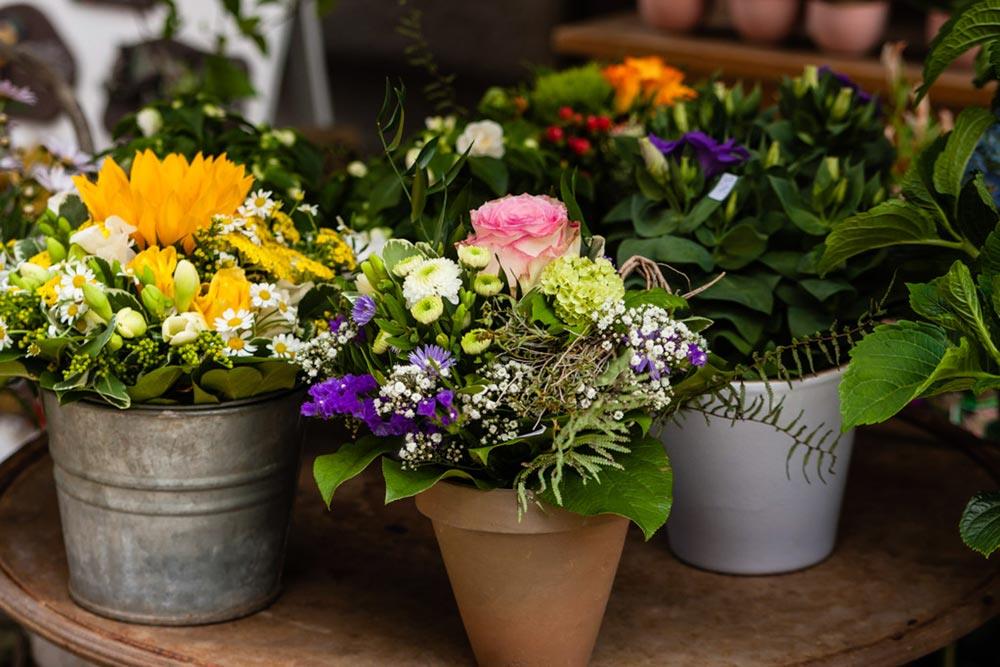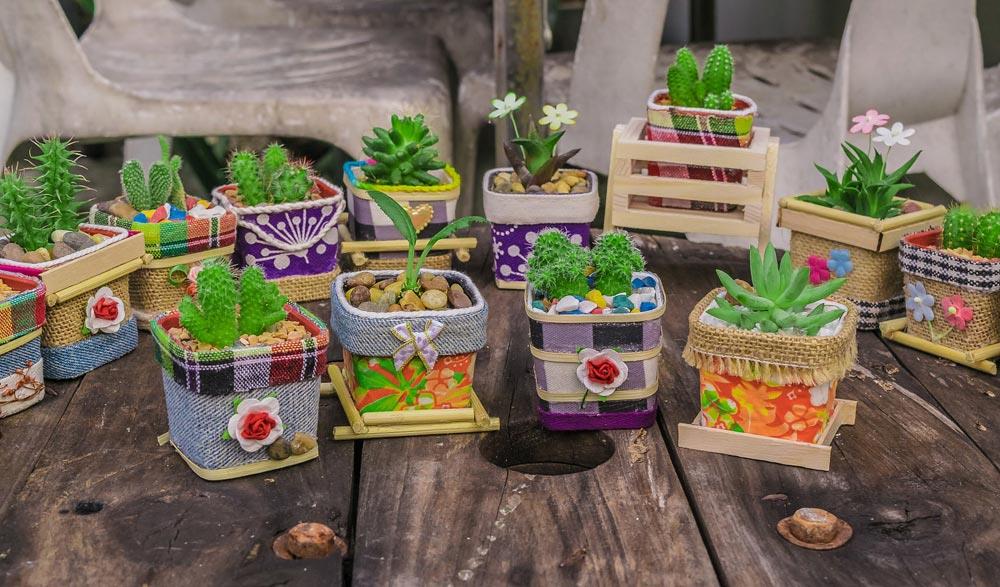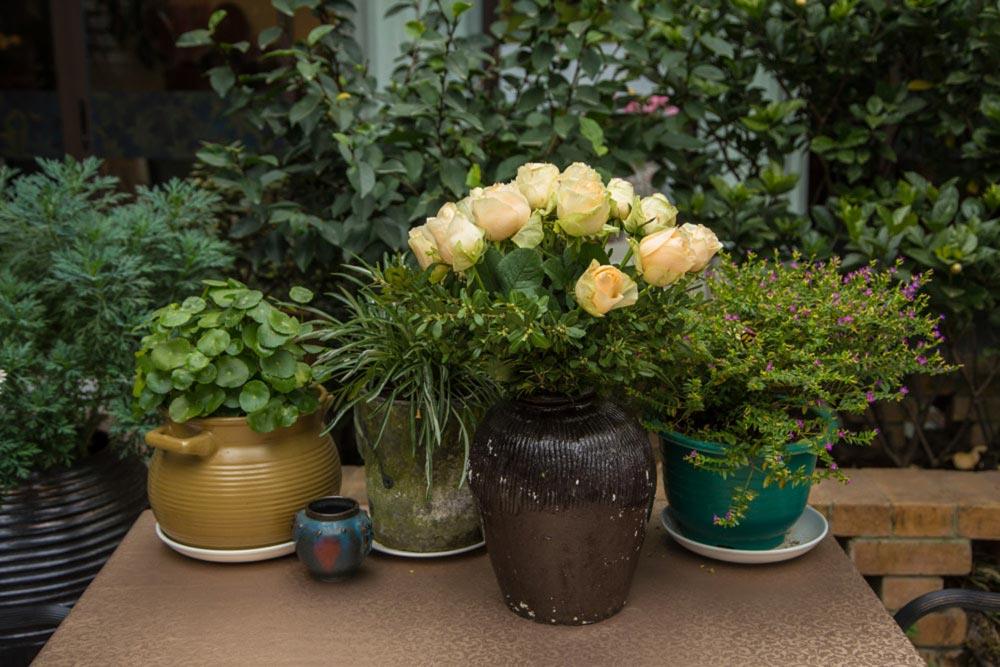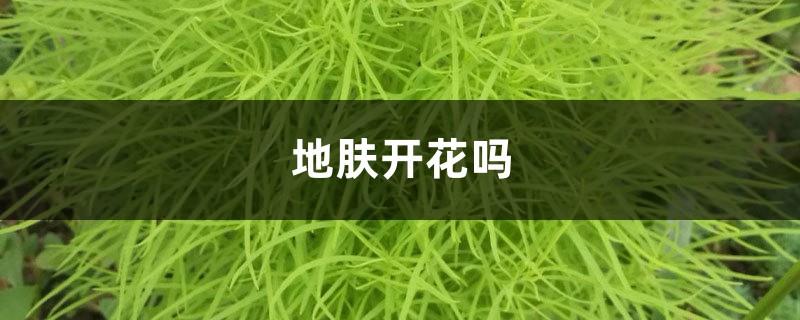Poisonous plants you never expected
Last Update :2024.11.13
Article Catalog
If you like a plant, you only care about whether it looks good or not. Do you really understand it? Some plants are not amazing in appearance, but they contain murderous intent. You never would have imagined that they are poisonous plants!

Jian Xue Feng Throat Tree
Jian Xue Feng Throat Tree, also known as curare tree, is a national third-level protected plant and contains highly toxic substances. Once the white sap in this tree comes into contact with the wounds of humans and animals, it will immediately cause poisoning and adverse reactions, such as heart paralysis, blood vessel closure, blood coagulation, and even death from suffocation. This is how it got its name, as blood seals the throat.

Oleander
Stems and leaves It can be used to make pesticides, but its stems, leaves, and flowers are poisonous. The milky white juice it secretes contains a toxic substance called oleandrin, which can be poisonous if ingested. Toxicity is mainly manifested in the gastrointestinal tract. In severe cases, cardiac reactions such as conduction block, bradycardia, and ectopic rhythm may occur.

Bachelor Tree
Bachelor Tree Again It is called the green jade tree. Its sap is poisonous and can promote the growth of tumors. It causes cancer by promoting the chromosome rearrangement of human lymphocytes. It can cause redness and swelling by irritating the skin, and can cause temporary blindness if it gets into the eyes accidentally. It turns out that the bachelor's anger is so powerful!

Mandala
Whole plant It is highly toxic and is caused by accidentally eating the seeds, fruits, leaves and flowers of Datura datura. Its main ingredients are anisodamine, atropine and scopolamine. Poisoning may cause dry mouth, dry skin, dilated pupils, rapid pulse, flushing of the face, or even a drop in blood pressure and death.

Racus
Racus, Anacardiaceae , Rhus spp. The toxicity lies in the sap of the tree. Contact with the skin of those who are allergic to raw lacquer will cause redness, swelling, itching and pain. If swallowed, it will cause strong irritation, such as stomatitis, ulcers, vomiting, and diarrhea. In severe cases, toxic nephropathy may occur.

Tulips
Tulip flowers are poisonous Alkali, prolonged exposure can make people dizzy and cause hair loss.

Poinsettia
in the stem White latex contains a variety of toxic alkaloids, which can cause redness, swelling, fever, itching and local papules after skin contact. If the stems and leaves are accidentally eaten, it can cause gastrointestinal reactions and neurological disorders in mild cases, and death from poisoning in severe cases.

Hyacinth
Hyacinthaceae , Hyacinthus genus. Hyacinth bulbs are toxic and can cause dizziness, stomach cramps, diarrhea and other symptoms if ingested.

Hydrangea (Hydrangea)
Saxifrageceae, Hydrangea genus. If you accidentally eat hydrangeas, you will experience abdominal pain a few hours later. Other typical symptoms of poisoning include skin pain, vomiting, weakness and sweating. Some may even cause coma, convulsions and collapse of blood circulation in the body.

Five-Colored Plum
Verbenaceae , the mosaics and leaves of Lantana are poisonous, and eating them by mistake can cause diarrhea and fever.

Bana flower
The rhizomes are poisonous and the bulbs It contains the alkaloid ricline poison, but if ingested by mistake, it may cause poisoning. In mild cases, it may cause vomiting and diarrhea. In severe cases, it may cause paralysis of the central nervous system, which may be life-threatening.

Dieffenbachia
Araceae , Dieffenbachia genus. Dieffenbachia is toxic to the whole plant, with the stems being the most toxic, followed by petioles and leaves. This plant is the most poisonous plant in the Araceae family. Its sap can cause itching and dermatitis when it comes into contact with the skin. Swallowing a small piece of the stem can cause extreme stinging in the mouth and throat and cause paralysis of the vocal cords.

Wisteria
Fabaceae, Wisteria genus. A little poisonous. Toxicity is toxic to pods, seeds and stem bark. People who eat the pods and seeds may suffer from vomiting, abdominal pain, diarrhea and even dehydration.

Tiger Thorn Plum
Euphorbia Family, Euphorbia genus. The whole plant of Tiger Thorn Plum has sharp thorns, and the white latex in the stem is poisonous. The white latex secreted by the wounds of tiger thorn plants can irritate human skin and mucous membranes. If swallowed, it can cause nausea, vomiting, diarrhea, dizziness, etc.

Coral Bean
Solanaceae, Solanum. The whole plant is poisonous. If you eat the red fruit by mistake, it will cause the following symptoms: nausea, abdominal pain, diarrhea, lethargy, slowed heartbeat, dilated pupils, decreased blood pressure, etc. In severe cases, it may be fatal.

Editor's suggestion
In fact, the so-called Poisonous plants are not that scary. The poison of these plants is in their sap. Be careful not to touch them casually when maintaining them. However, those with elderly and children at home should be careful. When raising these flowers and plants, they should be reminded.
- END -
Is kochia blooming?

Kochia can bloom. However, its flowers are very small and inconspicuous among the ...
When does blue flax bloom?

Blue flax is a herbaceous plant with blue flowers. In fact, the most important thi...